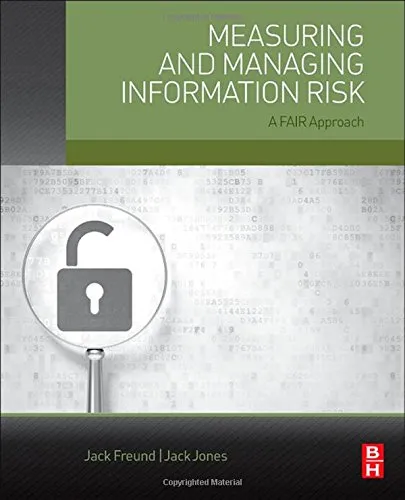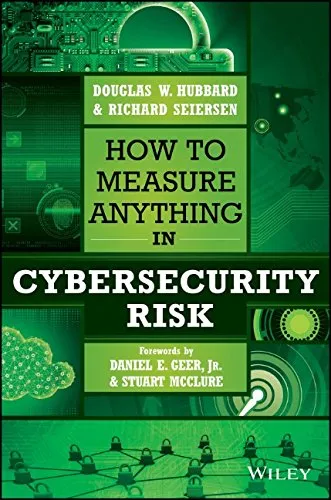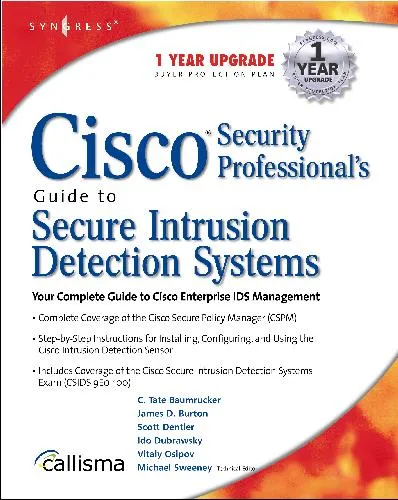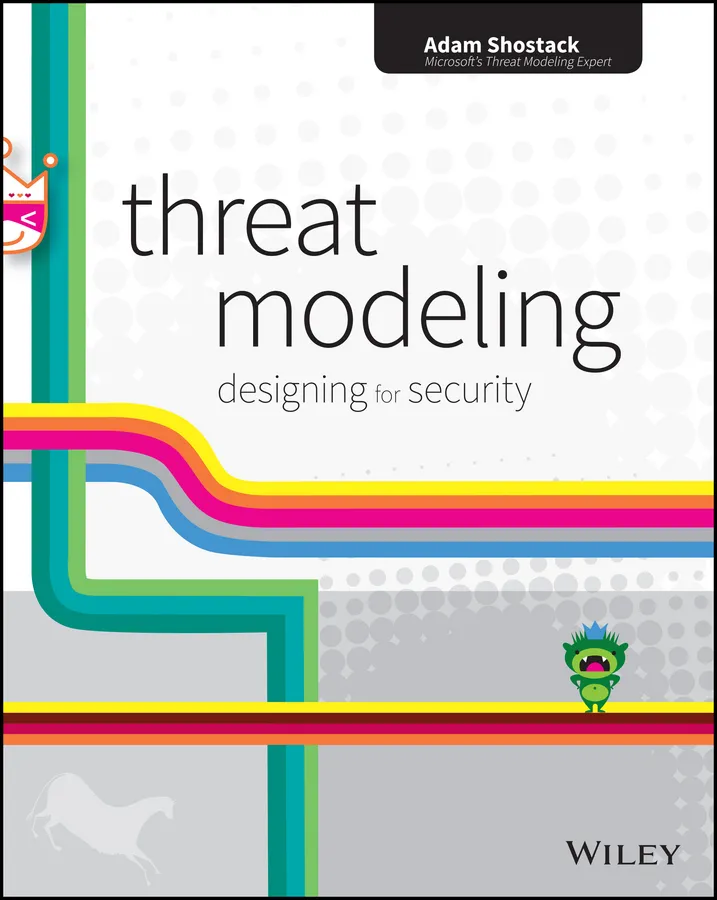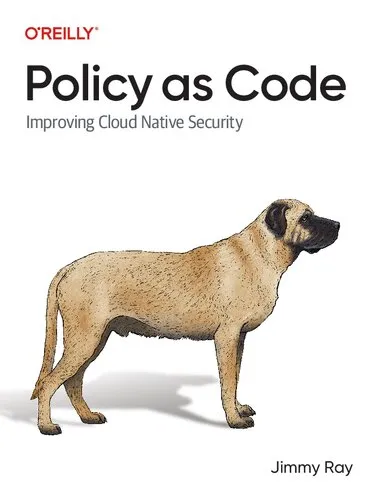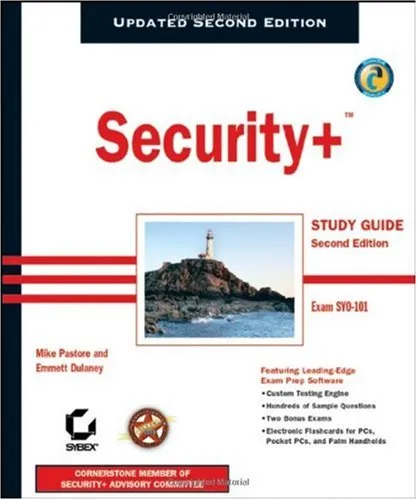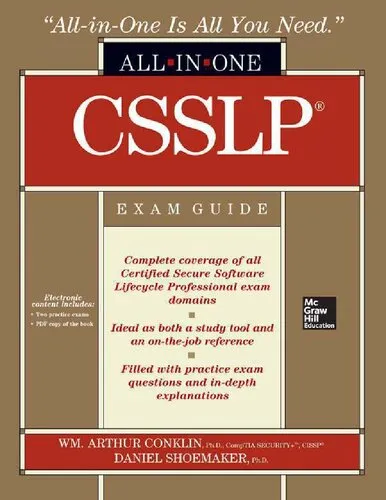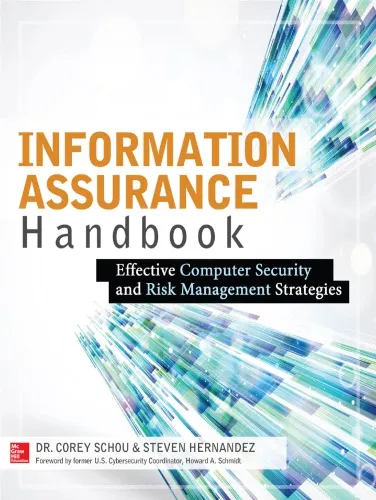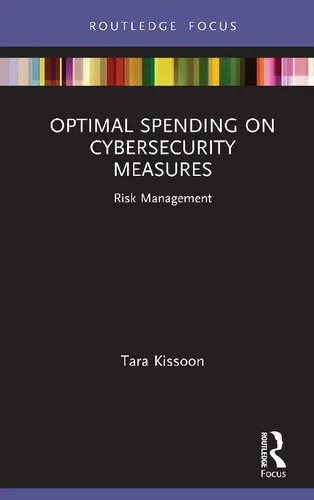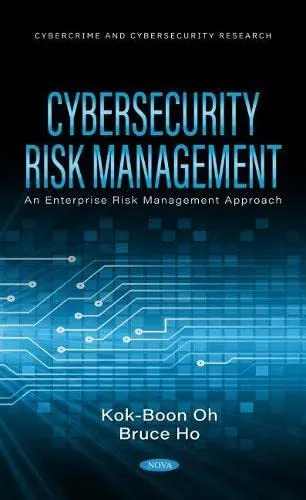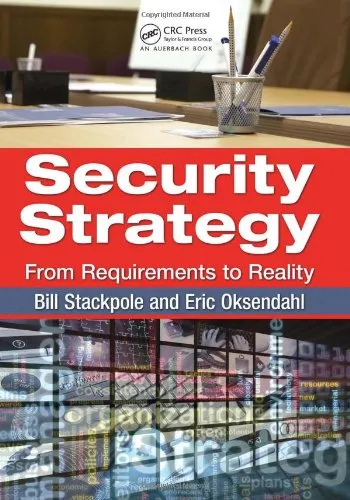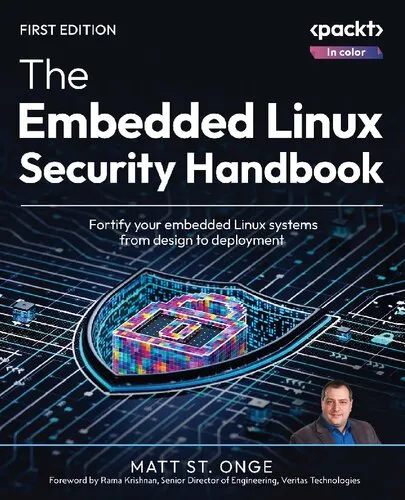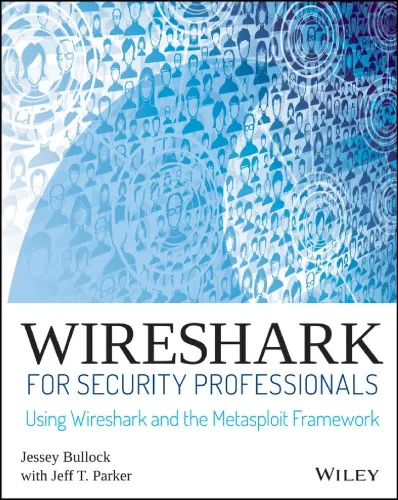Measuring and Managing Information Risk: A FAIR Approach
4.5
Reviews from our users

You Can Ask your questions from this book's AI after Login
Each download or ask from book AI costs 2 points. To earn more free points, please visit the Points Guide Page and complete some valuable actions.Related Refrences:
Welcome to the world of risk management, where data meets strategic decision-making. "Measuring and Managing Information Risk: A FAIR Approach" is a groundbreaking work that reshapes how organizations understand and approach risk associated with their information assets. Co-authored by Jack Freund and Jack Jones, this book introduces the FAIR (Factor Analysis of Information Risk) framework, a standard quantitative method for assessing information risk which has been widely recognized for its practicality and precision.
Detailed Summary of the Book
For decades, organizations have struggled with quantifying information risk, often resorting to qualitative approaches that provide little insight into the actual risk landscape. This book provides a comprehensive remedy to this predicament through the FAIR approach, which stands for Factor Analysis of Information Risk. FAIR offers a robust methodology to not only measure but effectively manage IT risk.
Throughout the chapters, the authors lead you through a deep dive into the methodology behind FAIR, elaborating on how it decomposes risk into multiple dimensions. The book meticulously explains how to use the FAIR framework to assess and quantify risk levels, aiding stakeholders in making well-informed, data-driven decisions. It demonstrates how risk is far more than a theoretical exercise and can influence strategic direction and operational effectiveness.
Furthermore, the book is full of real-world examples and case studies that bring the principles and processes of FAIR to life. These examples help the readers to have a practical understanding of FAIR's application, proving that sophisticated risk management is achievable for organizations of any size and industry.
Key Takeaways
- The FAIR framework is introduced as a quantitative model that allows organizations to understand, analyze, and articulate information risk effectively.
- The book bridges the gap between technical and business aspects of risk, showing how financial metrics and business objectives can align with IT security goals.
- Readers are equipped to better predict potential loss scenarios and map them to the organization's risk management strategy, thus enhancing resilience and preparedness.
- Offers a comprehensive set of tools and processes which ensure transparency in risk assessment and enable prioritization of risk mitigations based on business value.
Famous Quotes from the Book
Here are a few thought-provoking quotes that capture the essence of the book:
"Risk is universal, yet our methods for assessing it are as varied as they are verbose."
"Knowing that our security measures are the right ones at the right time for the right business reasons is the ultimate aim of integrating FAIR."
"FAIR helps in converting the language of security into the language of business."
Why This Book Matters
In an era where data breaches and cyber threats are increasingly common, understanding information risk is critical for survival and success. This book doesn't merely present a theoretical framework but distills it into actionable steps, allowing organizations to manage risk in a highly pragmatic manner. The FAIR approach brings clarity to a complex subject, providing a much-needed bridge between technical IT staff and corporate executives.
Especially relevant for risk managers, CISOs, information security professionals, and business leaders, "Measuring and Managing Information Risk" stands as a seminal work in the domain of risk analysis. By adopting the FAIR approach, organizations can develop resilient strategies, enhance collaboration across departments, and gain competitive advantage by safeguarding their informational assets more effectively.
This work is not only a guide but a call to action, urging businesses to evolve past traditional risk assessment models and embrace a future where risks are both known and actionable.
Free Direct Download
You Can Download this book after Login
Accessing books through legal platforms and public libraries not only supports the rights of authors and publishers but also contributes to the sustainability of reading culture. Before downloading, please take a moment to consider these options.
Find this book on other platforms:
WorldCat helps you find books in libraries worldwide.
See ratings, reviews, and discussions on Goodreads.
Find and buy rare or used books on AbeBooks.
1585
بازدید4.5
امتیاز0
نظر98%
رضایتReviews:
4.5
Based on 0 users review
Questions & Answers
Ask questions about this book or help others by answering
No questions yet. Be the first to ask!
